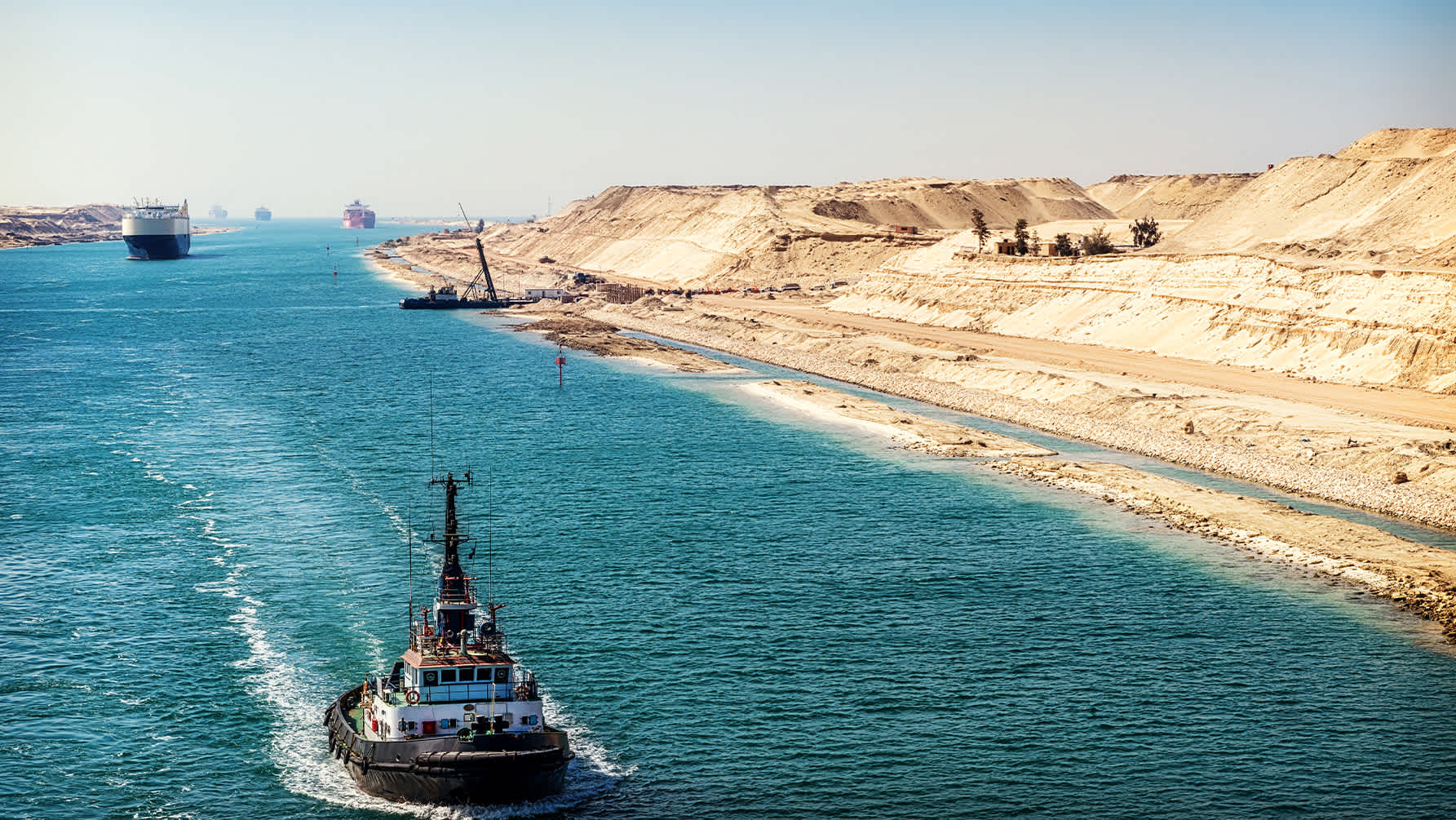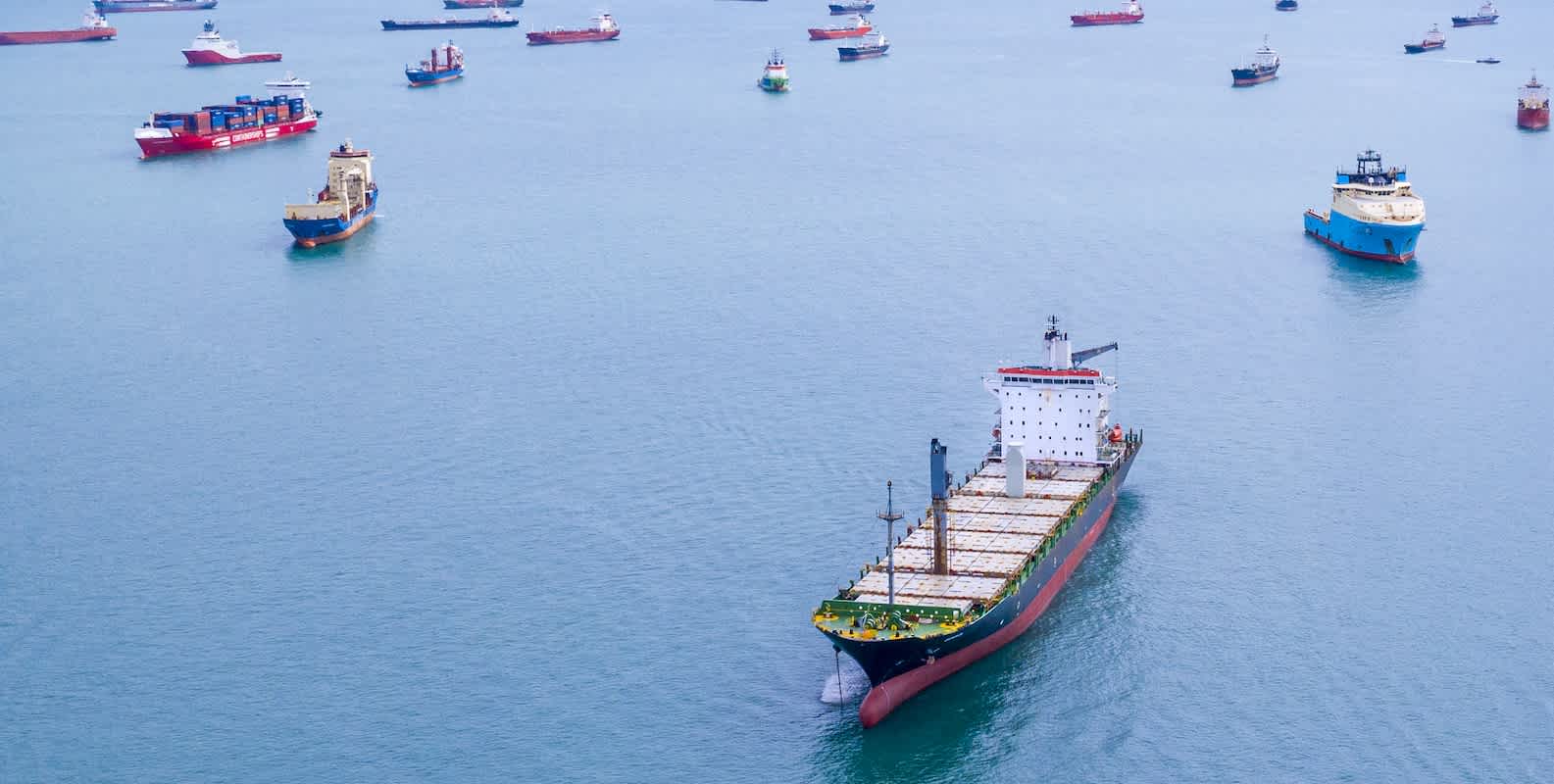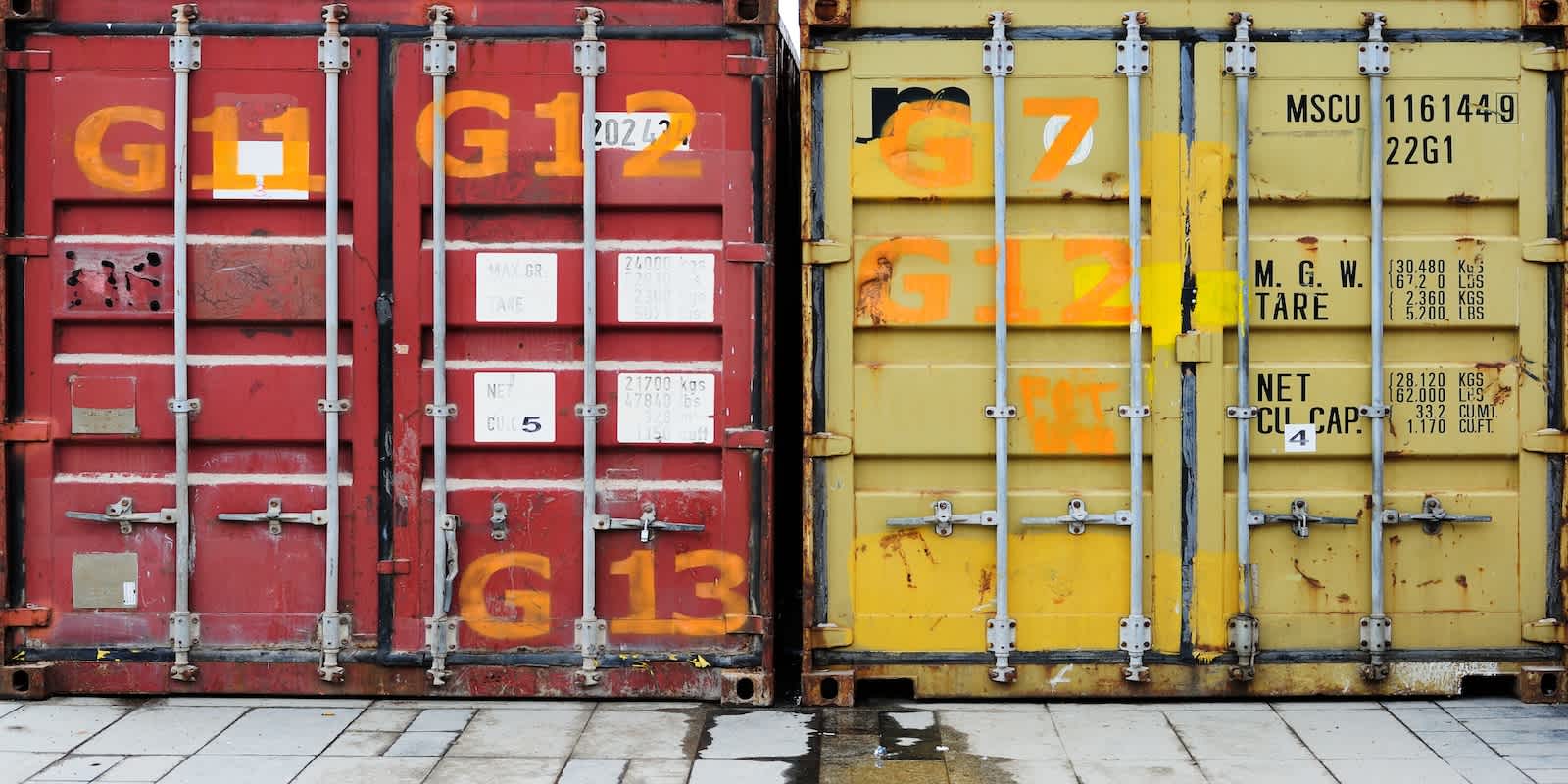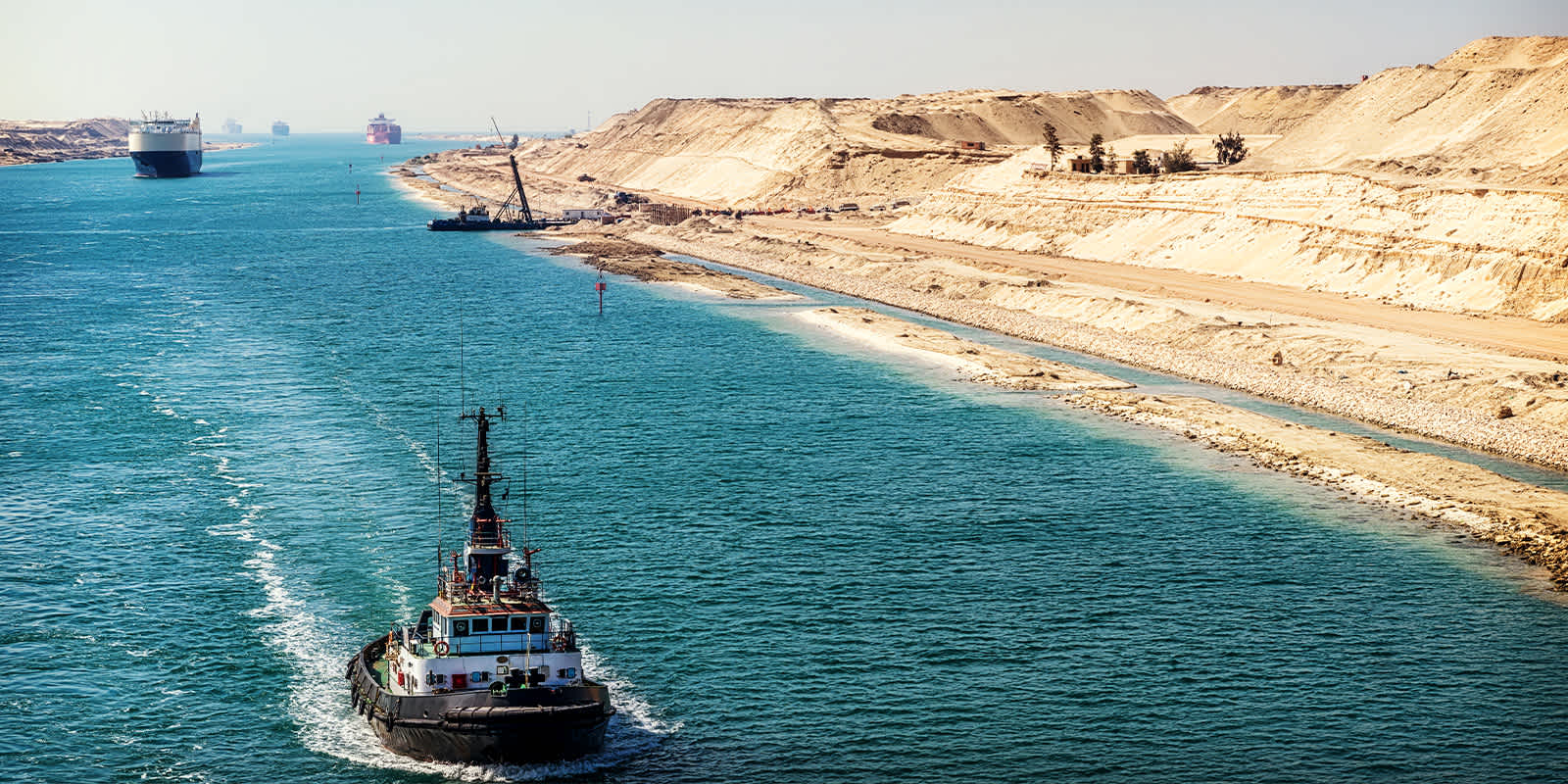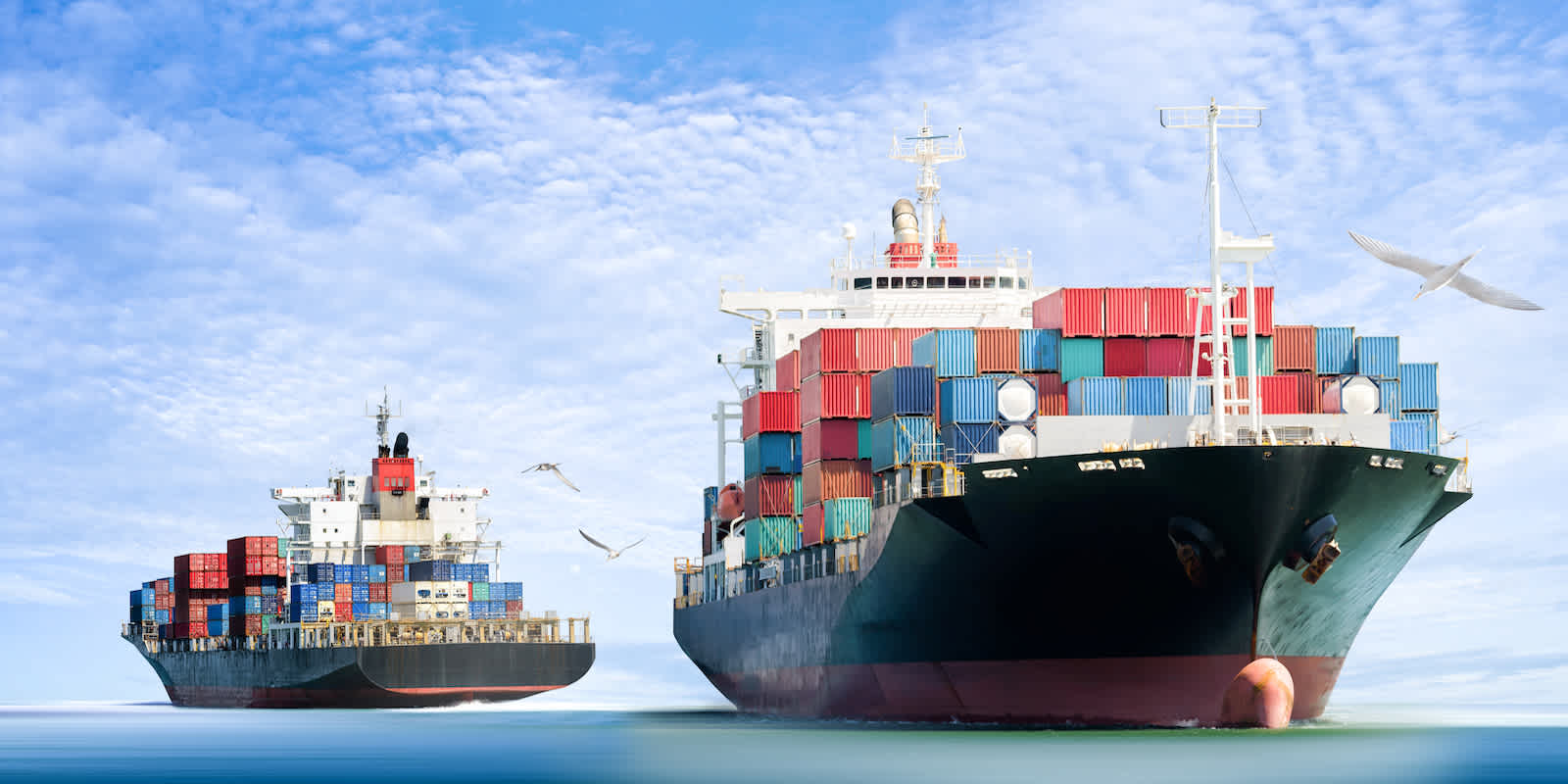
February 12, 2024
Don’t Be Fooled: Current Red Sea Disruption is Not a Resurgence of Covid-Era Bottlenecks
Don’t Be Fooled: Current Red Sea Disruption is Not a Resurgence of Covid-Era Bottlenecks
A Comparison of the Current Red Sea Situation Versus the Covid-Era Market
As the situation in the Red Sea continues with no clear resolution in sight, global shippers have been forced to accept extended transit times and increased rates. Many have drawn comparisons of the current situation to the global bottlenecks we witnessed during the Covid-era market. While the industry grapples with some of the same issues, the causes are fundamentally different.
Since the Covid-era supply chain crisis of 2020-2022, global ocean carriers have made major capacity additions. These investments were a response to aging fleets and a need to modernize, as well as the extreme demand surge that was at the root of the logistics bottlenecks we saw at almost every major port in the world.
Now, against the backdrop of the protracted situation in the Red Sea, these capacity and infrastructure improvements are all coming online. While these improvements have certainly helped lessen the severity of the current crisis, it’s these improvements coupled with substantially lower demand levels that have lessened the current rise in rates and transit times relative to the rates seen in the 2020-2022 period.
How a Demand Boom Stresses Logistics Networks Relative to a Supply Shock
The Covid-era market, from 2020-2022, saw a massive demand shock where import levels increased ~20% relative to historical years. A demand boom stresses every single node in the logistics network from origin factory, to vessels, to ports, to trucking, to destination warehouses. When all of these are impacted, the entire system slows and large whipsaw effects are seen. Conversely, the current Red Sea situation has caused a supply shock, and, more specifically, has impacted ocean vessel capacity. Some other nodes in logistics networks are impacted, but not to a comparable degree.
Vessels diverting around the Cape of Good Hope created a capacity shock largely concentrated to ocean vessel capacity; coupled with the over-supply of capacity seen in the market in the second half of 2023, the market was able to naturally absorb a certain amount of the impact. Before the Red Sea situation, carriers were blanking 10-20% of sailings due to the lack of demand. This means there was excess supply in the market that could be plugged back into the network to compensate for extended transit times of services.
In Maersk’s recent Q4 2023 earnings call on February 8, CEO Vincent Clerc shared a similar sentiment “...there are levers today to absorb the impact without further disruptions, by using the capacity that was underemployed at the end of 2023, by accelerating the service speed that had slowed down during 2023, and by gradually plugging new tonnage into existing rotations.”
However, not all vessels were in the right place so it took time to reposition to the necessary lanes. And lastly, deploying a new vessel on a string costs money, which is why rates have increased.
Ample Market Capacity Softened Red Sea Disruptions
The market was able to absorb capacity crunches caused by reroutings as there was already ample capacity in the market. By the numbers, ocean container vessel capacity increased 4.8 million TEUs, or 20%, from January 2021 to January 2024 as the vessel order spike seen in 2020-2022 began to deliver to the market. There will be another 3 million TEUs, or 10% of the current global fleet, delivered in 2024 of which 71% of capacity are from vessels >7.5k TEUs in capacity and will likely service the major east-west trades.
Port Side Improvements Play a Factor
On the port side, there have been incremental improvements in specific ports to increase throughput. For example, the Port of Los Angeles and Long Beach have invested in increased on-dock rail capacity (10,000 more TEU per week) and train lengths, truck gates available seven days a week, new cranes in three terminals, and increased dock space at International Transportation Terminal (ITS) and Long Beach Container Terminal (LBCT). This will improve origin and destination services and performance.
What This Means for Shippers
While this isn’t a crisis of the same magnitude as we saw in 2021-2022, it’s important that shippers remain flexible and make smart, proactive decisions to build a more resilient supply chain.
- Rates: Shippers should anticipate rates to taper off from current levels, but remain elevated from the levels seen in November 2023.
- Premium Services: Explore premium services to access guaranteed space and equipment, which will shorten delays. As vessels take longer to transit, equipment will be displaced and could cause further bottlenecks.
- Book Early: Between slowdowns along the Panama Canal due to drought and the current situation in Suez – not to mention equipment shortages following the Lunar New Year – we recommend booking 4-6 weeks in advance to make sure a plan can be put in place for cargo.
Contact Flexport for More Information
For any questions related to the market, please reach out to your Flexport account manager who can help you build the best modal strategy for your supply chain. To learn more about the current situation in the Red Sea and how you can plan ahead, be sure to to sign up for Flexport’s North America Freight Market Update Live on February 15 or Europe Freight Market Update Live on February 20.
The contents of this blog are made available for informational purposes only and should not be relied upon for any legal, business, or financial decisions. We do not guarantee, represent, or warrant the accuracy or reliability of any of the contents of this blog because they are based on Flexport’s current beliefs, expectations, and assumptions, about which there can be no assurance due to various anticipated and unanticipated events that may occur. This blog has been prepared to the best of Flexport’s knowledge and research; however, the information presented in this blog herein may not reflect the most current regulatory or industry developments. Neither Flexport nor its advisors or affiliates shall be liable for any losses that arise in any way due to the reliance on the contents contained in this blog.
